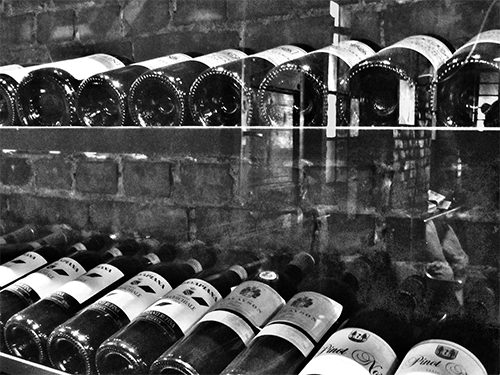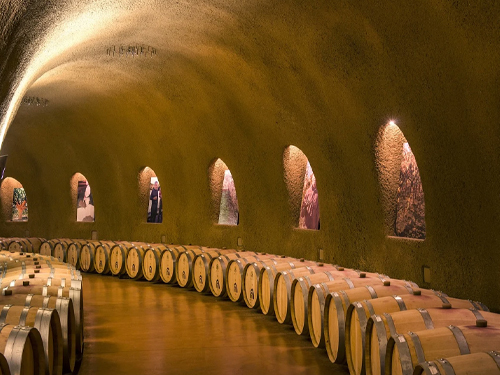Rédigé le 23/09/2020
Terroirs de légendes

Après une découverte de la Côte-de-Nuits, le voyage en terres bourgognes continue, un peu plus au Sud…
LA CÔTE DE BEAUNE
C’est la deuxième moitié du duo qui forme la Côte d’Or, avec la Côte-de-Nuits. De nombreux facteurs les distinguent, à commencer par la terre où poussent les vignes. Nous vous éviterons des termes géologiques compliqués qui ne vous éclaireront pas plus que ça, mais pour résumer : les roches de la Côte de Beaune sont plus récentes que celles de son double septentrional. L’exposition diffère également. Si les exploitations de la Côte de Nuits sont le plus souvent orientés à l’Est, sur la Côte de Beaune on se tourne vers le Sud-Est. Pour finir, les quelques kilomètres qui séparent les deux Côtes suffisent à offrir en moyenne un degré de plus à la Côte de Beaune. On y trouve plus de vins blancs et ceux-ci sont considérés parmi les meilleurs du monde : Meursault, Puligny-Montrachet, Corton-Charlemagne… Autant de vins qui doivent passer au moins une fois par votre cave et votre table !
Mais ne négligeons pas les rouges exceptionnels produits dans ces contrées : Pommard, Volnay, Santenay… Des noms qui ont su voyager grâces à des millésimes grandioses et réguliers.
LA CÔTE CHALONNAISE
On pousse encore un peu plus au sud et on se retrouve en Côte Chalonnaise, entre les vallées de la Dheune et de la Grosne. Ici, des ilots de vignoble se partagent le paysage avec des forêts et des champs. Les ballades à vélo y sont fortement recommandées, vous verrez, on n’a même pas mal au mollets ! En s’arrêtant dans les domaines vous pourrez trouver des rouges couleur rubis et des blancs raffinés. Ces exploitations millénaires, rendues célèbres par les moines de Cluny et les ducs de Bourgogne, gardent leur réputation millésime après millésime grâce à une exposition sud-est et des conditions climatiques idéales (étés chauds, automnes secs). Ici, vous trouverez des premiers crus tels que le Bouzeron, le Givry, le Mercurey ou le Rully.













